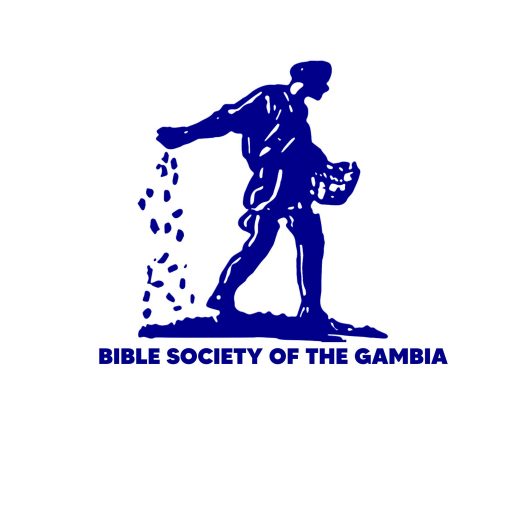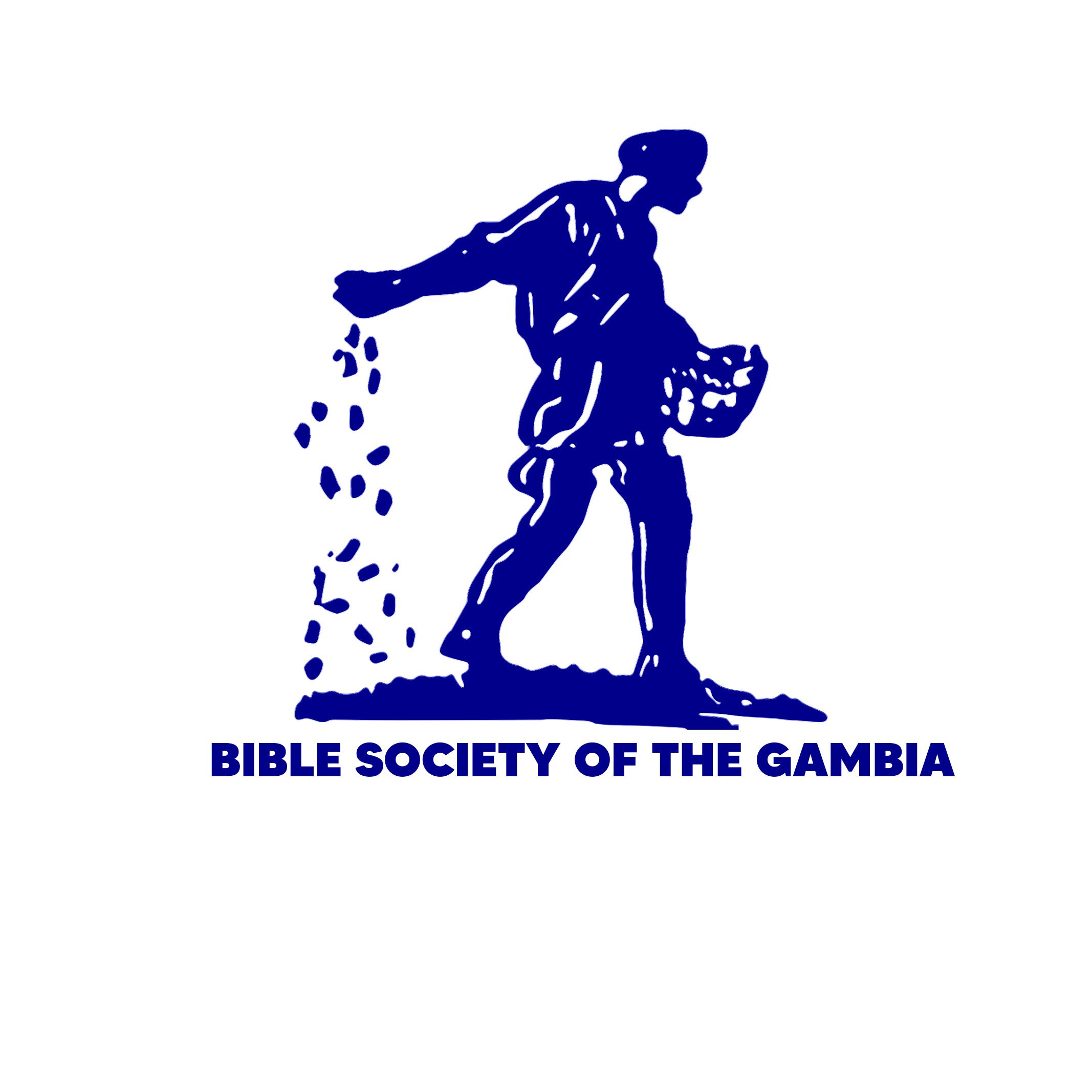1 After the sacred chest had been in Philistia for seven months, 2 the Philistines called in their priests and fortunetellers, and asked, “What should we do with this sacred chest? Tell us how to send it back where it belongs!”
3 “Don't send it back without a gift,” the priests and fortunetellers answered. “Send along something to Israel's God to make up for taking the chest in the first place. Then you will be healed, and you will find out why the Lord was causing you so much trouble.”
4 “What should we send?” the Philistines asked.
The priests and fortunetellers answered:
There are five Philistine rulers, and they all have the same disease that you have. 5 So make five gold models of the sores and five gold models of the rats that are wiping out your crops. If you honor the God of Israel with this gift, maybe he will stop causing trouble for you and your gods and your crops. 6 Don't be like the Egyptians and their king. They were stubborn, but when Israel's God was finished with them, they had to let Israel go.
7 Get a new cart and two cows that have young calves and that have never pulled a cart. Hitch the cows to the cart, but take the calves back to their barn. 8 Then put the chest on the cart. Put the gold rats and sores into a bag and put it on the cart next to the chest. Then send it on its way.
9 Watch to see if the chest goes on up the road to the Israelite town of Beth-Shemesh. If it goes back to its own country, you will know that it was the Lord who made us suffer so badly. But if the chest doesn't go back to its own country, then the Lord had nothing to do with the disease that hit us—it was simply bad luck.
10 The Philistines followed their advice. They hitched up the two cows to the cart, but they kept their calves in a barn. 11 Then they put the chest on the cart, along with the bag that had the gold rats and sores in it.
12 The cows went straight up the road toward Beth-Shemesh, mooing as they went. The Philistine rulers followed them until they got close to Beth-Shemesh.
13 The people of Beth-Shemesh were harvesting their wheat in the valley. When they looked up and saw the chest, they were so happy that they stopped working and started celebrating.
14-15 The cows left the road and pulled the cart into a field that belonged to Joshua from Beth-Shemesh, and they stopped beside a huge rock. Some men from the tribe of Levi were there. So they took the chest off the cart and placed it on the rock, and then they did the same thing with the bag of gold rats and sores. A few other people chopped up the cart and made a fire. They killed the cows and burned them as sacrifices to the Lord. After that, they offered more sacrifices.
16 When the five rulers of the Philistines saw what had happened, they went back to Ekron that same day.
17 That is how the Philistines sent gifts to the Lord to make up for taking the sacred chest. They sent five gold sores, one each for their towns of Ashdod, Gaza, Ashkelon, Gath, and Ekron. 18 They also sent one gold rat for each walled town and for every village that the five Philistine rulers controlled. The huge stone where the Levites set the chest is still there in Joshua's field as a reminder of what happened.
The Sacred Chest Is Sent to Kiriath-Jearim
19 Some of the men of Beth-Shemesh looked inside the sacred chest, and the Lord God killed 70 of them. This made the people of Beth-Shemesh very sad, 20 and they started saying, “No other God is like the Lord! Who can go near him and stay alive? We'll have to send the chest away from here. But where can we send it?”
21 They sent messengers to tell the people of Kiriath-Jearim, “The Philistines have sent back the sacred chest. Why don't you take it and keep it there with you?”
Filisitinkoolu ye Kambeŋ Kunewo murundi Banisirayila
1 Kabiriŋ Yaawe* la Kambeŋ Kunewo* tarata Filisitinkoolu la bankoo kaŋ fo kari woorowula, 2 Filisitinkoolu ye Dakoni la piriisoolu* niŋ juubeerilaalu kumandi, ì ko, “Ǹ ñanta muŋ ne ke la Yaawe la Kambeŋ Kunewo la? Ali a fo ǹ ye, ǹ ñanta a seyindi la a la dulaa to ñaameŋ.”
3 Ì ye ì jaabi ko, “Niŋ ali be Banisirayila la Alla la Kambeŋ Kunewo seyindi la, ali kana a kenseŋo seyindi, bari ali a kata kendeke, ka bolooseyiraŋ sadaa* samba ñoo la. Wo to le ali be kendeyaa la, aduŋ ali be a loŋ na le, meŋ ye a tinna a maŋ a buloo bo ali kaŋ.”
4 Filisitinkoolu naata ñininkaaroo ke ko, “Ǹ ñanta muŋ bolooseyiraŋ sadaa le kii la a ye?”
Ì ye ì jaabi ko, “Maadiŋ muluŋ luulu, mennu dadaata sanoo la, aniŋ ñina muluŋ luulu, wo fanaa ñanta dadaa la niŋ sanoo le la ko Filisitinkoolu la maralilaalu kaañanta meŋ fee. Kaatu ñiŋ yankankati kiliŋo le ye ali niŋ ali la maralilaalu mantoora. 5 Ali maadiŋ muluŋolu dadaa, aniŋ ñina muluŋolu, mennu ka bankoo kasaara, aduŋ ali si Banisirayila la Alla horoma. A si ke noo le, a ye a buloo bo ali niŋ ali la alloolu kaŋ, aniŋ ali la bankoo. 6 Muŋ ne ye a tinna ali ye ali sondomoolu jandi ko Misirankoolu niŋ Firawoona? Kabiriŋ Alla ye ì mantoora kendeke, fo ì maŋ Banisirayilankoolu fintindi ka taa ì la siloo la baŋ? 7 Bituŋ saayiŋ, ali sareeti kutoo parendi aniŋ ninsi fula, mennu ye diŋolu soto, aduŋ ì nene maŋ yookoo* laa ì kaŋo to. Ali ninsoolu siti sareetoo bala, bari ali ì diŋolu samba buŋo kono, ali ye ì bula jee. 8 Ali Yaawe la Kambeŋ Kunewo sika, ali ye a ke sareetoo kaŋ. Aduŋ a karoo daala ali ye ñiŋ sani feŋolu ke kuneendiŋo kono, ali be mennu kii la Yaawe ye, ka ke a la bolooseyiraŋ sadaa ti. Bituŋ ali si Kambeŋ Kunewo bula a ye taa a la siloo la, 9 bari ali si ali ñaalu tu looriŋ a kaŋ. Niŋ a taata fo a fansuŋ bankoo kaŋ, Beti-Semesi maafaŋo la, bituŋ ali si a loŋ ko, Yaawe le ye ñiŋ mantoora jawu baa laa ntolu kaŋ. Bari niŋ a maŋ tiliŋ wo to, bituŋ m̀ be a loŋ na le ko, a buloo maŋ laa ntolu kaŋ, a keta ǹ na le doroŋ.”
10 Bituŋ ì ye wo le ke. Ì ye ñiŋ ninsi fuloo taa, ì ye ì siti sareetoo bala, aduŋ ì ye ì diŋolu soroŋ dulaa to suwo kono. 11 Ì ye Yaawe la Kambeŋ Kunewo ke sareetoo kaŋ, ì ye kuneendiŋo ke a kara la, ì ye maadiŋ muluŋolu niŋ ñinoolu ke a kono, ì ye mennu dadaa niŋ sanoo la. 12 Bituŋ ninsoolu ye a tiliŋ fo Beti-Semesi maafaŋo la, aduŋ ì ye siloo muta, ì be kuma la, bari ì maŋ taa bulubaa la sako maraa. Filisitinkoolu la maralilaalu ye ì nooma le, fo ì futata Beti-Semesi la naanewo to.
13 Wo waatoo Beti-Semesinkoolu be ì la wiiti* siimaŋo le kati kaŋ wulumbaŋo kono, aduŋ kabiriŋ ì ye ì kuŋo wuli, ì ye Kambeŋ Kunewo je, ì kontaanita kendeke. 14 Sareetoo taata le fo Yosuwa Beti-Semesinkoo la kunkoo to, a loota bere baa daala. Moolu ye sareetoo la dokoolu kuntuŋ-kuntuŋ, bituŋ ì ye ninsoolu faa, ì ye ì ke jani sadaa ti Yaawe ye. 15 Lewi lasiloo kee doolu ye Yaawe la Kambeŋ Kunewo taa aniŋ kuneendiŋo, meŋ be a karoo la, sani feŋolu be meŋ kono, ì ye ì landi bere baa kaŋ. Wo luŋo Beti-Semesinkoolu ye jani sadaalu bo le, aduŋ ì ye beeyaŋ sadaalu fanaa ke Yaawe ye le. 16 Filisitinkoolu la maralilaa luuloo ye ñiŋ bee je le, wo to le ì naata muruŋ Ekironi wo luŋ kiliŋo.
17 Ñinnu le mu sani maadiŋ muluŋolu ti Filisitinkoolu ye mennu kii Yaawe ye ka ke bolooseyiraŋ sadaa ti. Kiliŋ-wo-kiliŋ keta Asidodi, Kaasa, Asikeloni, Kati, aniŋ Ekironi le taa ti. 18 Bituŋ sani ñina dadaariŋolu, wolu le kontoo taata kaañaŋ Filisitinkoolu la maralilaa luuloo la saatee baalu fee, ì la saatee tatariŋolu, aniŋ ì la bankoo saateeriŋolu. Ì ye Yaawe la Kambeŋ Kunewo laa bere baa meŋ kaŋ Yosuwa la kunkoo to Beti-Semesi, wo keta seedoo le ti fo ka naa bula bii tiloo la.
19 Bari Alla ye Beti-Semesi kewo doolu faa le. A ye kee taŋ woorowula le faa, kaatu ì ye Yaawe la Kambeŋ Kunewo kono le juubee. Moolu kumboota, kaatu Yaawe ye ì yankankati baake le. 20 Bituŋ Beti-Semesi kewolu ye ñininkaaroo ke ko, “Jumaa le be loo noo la Yaawe Alla senuŋo ñaatiliŋo la? Kambeŋ Kunewo be taa jumaa le yaa, niŋ a bota jaŋ?” 21 Kabiriŋ wo keta, ì ye kiilaalu kii Kiriyati-Yeyarimunkoolu yaa ka a fo ko, “Filisitinkoolu ye Yaawe la Kambeŋ Kunewo seyindi le. Ali naa, ali ye a samba ali la dulaa to.”

